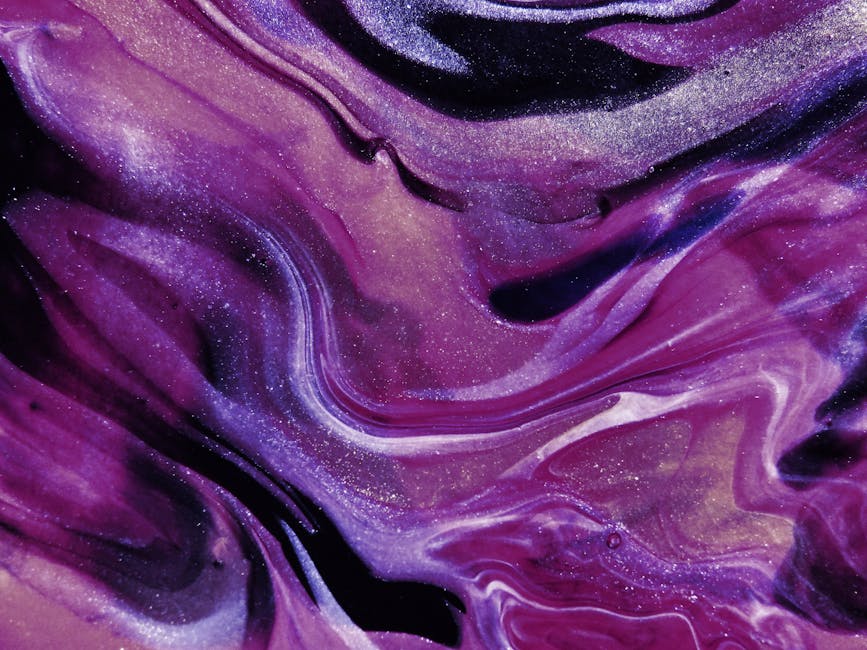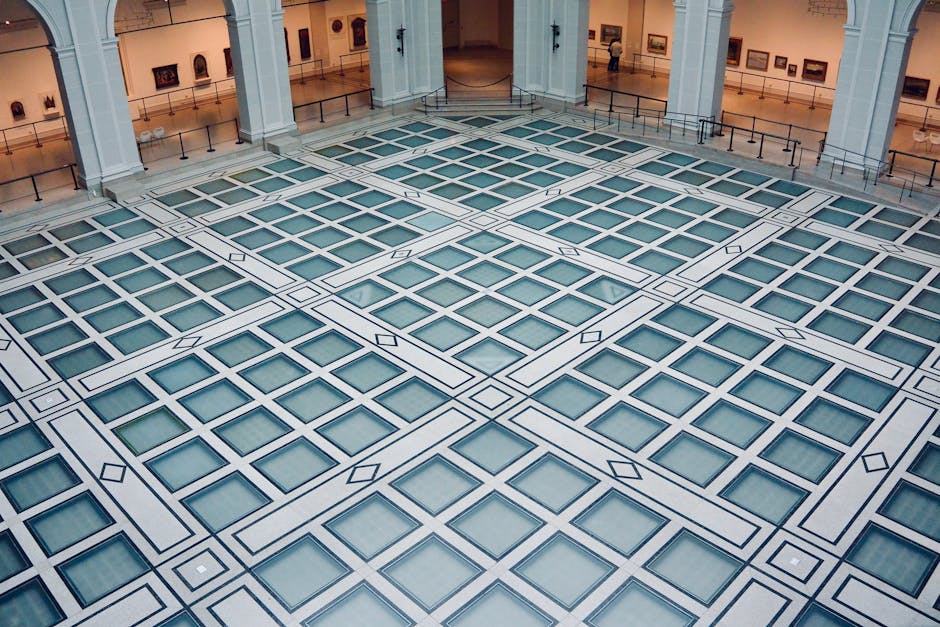The Musée des Beaux-Arts, or Museum of Fine Arts, is a prestigious art museum located in various cities across France and other French-speaking countries. These institutions house extensive collections of paintings, sculptures, and decorative arts spanning multiple centuries and artistic movements. Typically, the museums showcase works from the Middle Ages to the present day, with a particular emphasis on European art. Many Musée des Beaux-Arts institutions are housed in historic buildings and play a significant role in preserving and promoting cultural heritage. They often feature both permanent collections and temporary exhibitions, attracting art enthusiasts, scholars, and tourists from around the world.
Masterpieces Of The French Impressionist Movement At The Musée des Beaux-Arts

Musée des Beaux-Arts: Masterpieces Of The French Impressionist Movement At The Musée des Beaux-Arts
The Musée des Beaux-Arts, nestled in the heart of France, is a treasure trove of artistic wonders, but it’s particularly renowned for its impressive collection of French Impressionist masterpieces. This movement, which emerged in the late 19th century, revolutionized the art world with its emphasis on capturing fleeting moments of light and color. As you wander through the museum’s halls, you’ll find yourself immersed in a world of vibrant brushstrokes and ethereal scenes that seem to shimmer before your eyes.
One of the first paintings that might catch your attention is Claude Monet’s iconic “Water Lilies” series. These large-scale canvases, with their dreamy depictions of Monet’s beloved garden in Giverny, are a testament to the artist’s fascination with light and reflection. The way Monet captured the play of sunlight on the water’s surface and the delicate petals of the lilies is nothing short of mesmerizing. It’s easy to lose yourself in these paintings, imagining the tranquil atmosphere of the pond and the gentle rustling of leaves in the breeze.
Moving on, you’ll likely encounter the works of Pierre-Auguste Renoir, another giant of the Impressionist movement. Renoir’s paintings are characterized by their joyful scenes of everyday life and their celebration of feminine beauty. His “Luncheon of the Boating Party” is a particular highlight, showcasing his ability to capture the lively atmosphere of a summer gathering. The way he depicted the interplay of light and shadow on the faces of his subjects is truly remarkable, bringing the scene to life in a way that feels both intimate and universal.
As you continue your journey through the museum, you’ll come across the works of Edgar Degas, known for his paintings of ballet dancers and horse races. Degas had a unique ability to capture movement and gesture in his art, and his paintings of dancers in particular are a testament to his keen observational skills. The way he depicted the grace and athleticism of the dancers, often from unusual angles or in moments of preparation, offers a behind-the-scenes glimpThe Musée des Beaux-Arts stands as a testament to the rich cultural heritage and artistic legacy of its region. Housing an extensive collection spanning various periods and styles, from Renaissance masterpieces to contemporary works, the museum serves as a vital institution for art education and appreciation. Its carefully curated exhibitions and commitment to preservation ensure that future generations can continue to explore and be inspired by the diverse array of artistic expressions on display. As a cornerstone of the local arts community, the Musée des Beaux-Arts not only showcases the talents of renowned artists but also fosters emerging talent, contributing to the ongoing evolution of the art world. Ultimately, the museum remains an indispensable resource for scholars, art enthusiasts, and casual visitors alike, offering a window into the beauty and complexity of human creativity across the ages.

